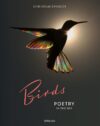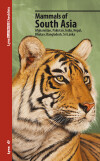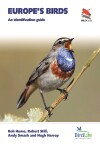New Book – The World’s Rarest Birds
April 18, 2013 | Comments (0)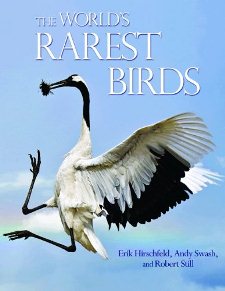 The World’s Rarest Birds
The World’s Rarest Birds
by Erik Hirschfeld, Andy Swash, and Robert Still
From Princeton University Press:
This beautifully illustrated book vividly depicts the most threatened birds on Earth. It provides up-to-date information from BirdLife International on the threats each species faces, and the measures being taken to save them. Today, 590 bird species are classified as Endangered or Critically Endangered, or now only exist in captivity. This landmark publication features stunning photographs of 515 species-including the results of a prestigious international photographic competition organized specifically for this book. This is the first time that images of many of these birds have been published. It also showcases meticulously accurate illustrations by acclaimed wildlife artist Tomasz Cofta for the 75 species of which no photographs are known to exist.
The World’s Rarest Birds has introductory chapters that explain the threats birds face in a rapidly changing world, how their threat status is assessed, and how this information is used to set conservation priorities. The book is divided into seven regional sections-Europe and the Middle East; Africa and Madagascar; Asia; Australasia; Oceanic Islands; North America, Central America, and the Caribbean; and South America. Each section highlights particular conservation challenges and threatened bird hotspots, and includes a comprehensive illustrated directory of the most endangered birds, giving a concise description of their distribution, status, population, key threats, and conservation needs. This one-of-a-kind book also covers the 60 Data Deficient species. QR codes are included for every species, linked directly to the relevant species factsheet on BirdLife International’s website, where detailed, up-to-date information is freely available.
Wow. I was, and continue to be, blown away by how good this book looks (check out some samples). The photographs and overall design are amazing. But it’s the content that really makes this book worthwhile. Do yourself a favor and just get it. I can’t recommend it enough.
The World’s Rarest Birds
by Erik Hirschfeld, Andy Swash, and Robert Still
Hardcover; 360 pages
Princeton University Press; April 14, 2013
ISBN: 978-0691155968
$45.00

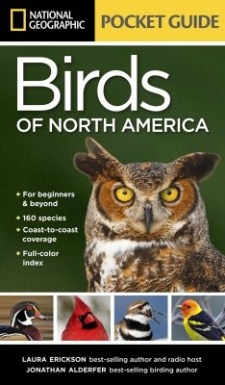 National Geographic Pocket Guide to the Birds of North America
National Geographic Pocket Guide to the Birds of North America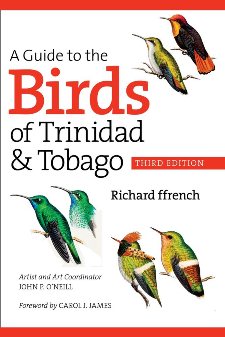 A Guide to the Birds of Trinidad and Tobago: Third Edition
A Guide to the Birds of Trinidad and Tobago: Third Edition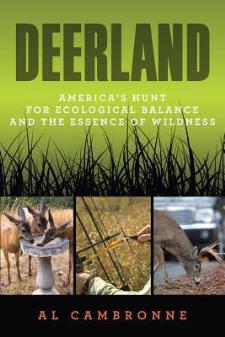 Deerland: America’s Hunt for Ecological Balance and the Essence of Wildness
Deerland: America’s Hunt for Ecological Balance and the Essence of Wildness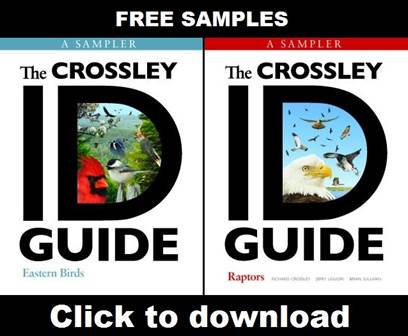
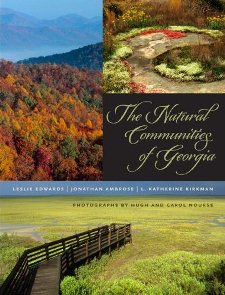 The Natural Communities of Georgia
The Natural Communities of Georgia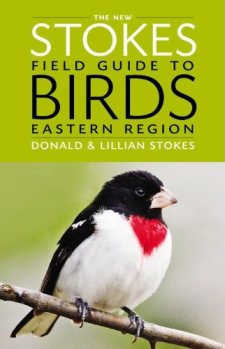
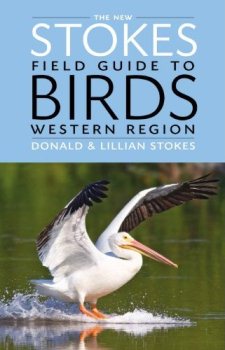
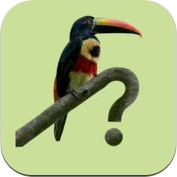 Costa Rica Birds Field Guide
Costa Rica Birds Field Guide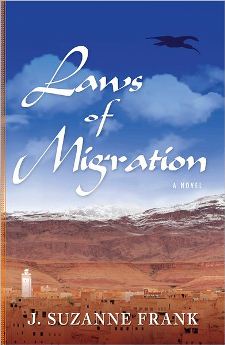 Laws of Migration
Laws of Migration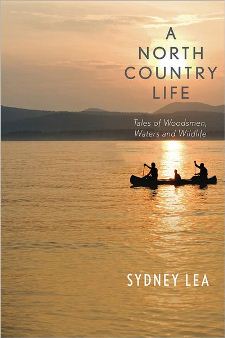 A North Country Life: Tales of Woodsmen, Waters, and Wildlife
A North Country Life: Tales of Woodsmen, Waters, and Wildlife



